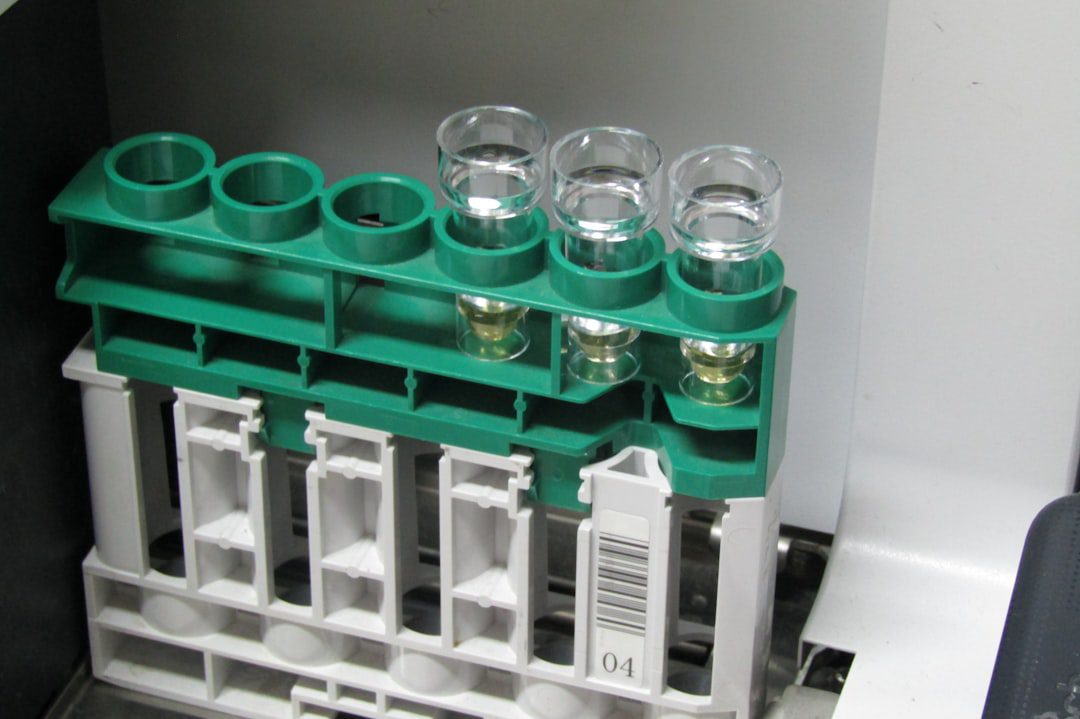
Critical Device Correction Highlights Sizing Control Failures
Smiths Medical has issued an Urgent Medical Device Correction for specific sizes of their Intubation ORAL/NASAL Endotracheal Tubes, marking a significant quality control failure that underscores the critical importance of dimensional specifications in life-supporting medical devices. The correction affects 2.0, 2.5, 3.0, and 3.5 mm diameter tubes that were manufactured smaller than their labeled specifications.
What Happened and Why It Matters
Endotracheal tubes are Class II medical devices essential for maintaining patient airways during surgical procedures, emergency interventions, and critical care. The dimensional accuracy of these tubes is not merely a specification detail—it directly impacts patient safety and clinical outcomes. When tubes are smaller than expected, several critical issues can arise:
- Inadequate ventilation: Undersized tubes may not provide sufficient airflow for proper oxygenation
- Increased airway resistance: Smaller internal diameters create higher resistance to airflow
- Clinical decision complications: Healthcare providers rely on accurate sizing for appropriate tube selection
- Potential reintubation risks: Inadequate tubes may require emergency replacement procedures
Regulatory Implications for Medical Device Manufacturers
This urgent correction serves as a stark reminder of the FDA’s expectations under 21 CFR Part 820 Quality System Regulation and ISO 13485 requirements. The incident highlights several critical compliance areas:
Design Controls and Specifications
Under 21 CFR 820.30, manufacturers must establish and maintain procedures to control device design. This includes ensuring that design outputs meet design input requirements, including dimensional specifications. The Smiths Medical case demonstrates what happens when design controls fail to prevent non-conforming products from reaching the market.
Process Validation and Control
Manufacturing process validation requirements under 21 CFR 820.75 demand that manufacturers validate processes that cannot be fully verified through inspection and testing. Tube extrusion and sizing processes clearly fall into this category, requiring robust process controls and continuous monitoring.
Post-Market Surveillance Obligations
The urgent nature of this correction underscores the importance of effective post-market surveillance systems. Under 21 CFR 820.198, manufacturers must establish and maintain procedures for receiving, reviewing, and evaluating complaints. This case demonstrates how quickly manufacturers must act when dimensional non-conformances are discovered.
Immediate Actions for Medical Device Manufacturers
This correction should prompt all medical device manufacturers to evaluate their own quality systems, particularly those producing dimensionally-critical devices:
- Review dimensional control procedures: Audit your current processes for controlling critical dimensions, especially for products where size directly impacts safety and efficacy
- Strengthen incoming inspection protocols: Ensure statistical sampling plans adequately detect dimensional variations before products reach customers
- Validate measurement systems: Conduct measurement system analysis (MSA) on equipment used to verify critical dimensions
- Update risk management files: Review ISO 14971 risk analysis documents to ensure dimensional variations are adequately addressed
Long-Term Compliance Strategy
Beyond immediate corrective actions, manufacturers should implement comprehensive dimensional control strategies:
- Statistical process control (SPC): Implement real-time monitoring of critical dimensions during manufacturing
- Supplier qualification: Ensure raw material suppliers understand and control dimensional requirements that affect finished product specifications
- Design transfer protocols: Establish robust procedures for transferring dimensional requirements from design to manufacturing
- Customer communication plans: Develop rapid notification procedures for dimensional non-conformances that could impact patient safety
Key Takeaways for Quality Professionals
The Smiths Medical urgent correction reinforces that dimensional accuracy is not negotiable in medical device manufacturing. Quality professionals must ensure their organizations maintain rigorous controls over critical dimensions, implement robust post-market surveillance, and respond rapidly when non-conformances are identified. This case serves as a valuable reminder that even seemingly minor dimensional variations can have significant patient safety implications and regulatory consequences.


No comments yet. Be the first to comment!